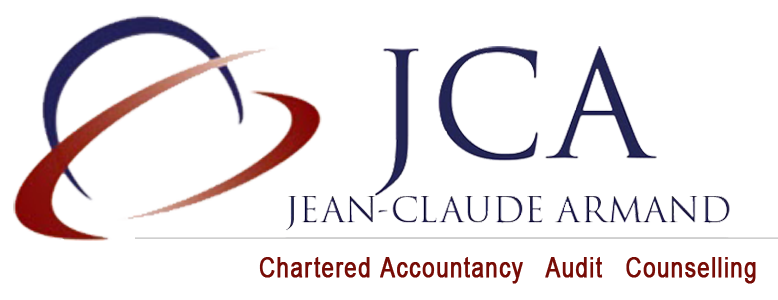Branches and subsidiaries: how to comply with regarding the legislation on corporate tax
How are profits made by branches and subsidiaries taxed ?
Foreign companies’ branches and subsidiaries are taxed on profits made in France. Therefore, the profit has to be separated from the one made by the parent company in the country of origin. Yet, taking in consideration the economic dependence of the branch or the subsidiary from the company it belongs to, the French fiscal administration can challenge the amount of profit made by the subsidiary or the branch. In these circumstances, what can be done to avoid such a situation to arise?
Invoicing upon market conditions is key to avoid any challenges by the French fiscal administration
Principle…..
On principle, it has to be demonstrated that the products and expenses recorded by the French branch or subsidiary have been invoiced upon market conditions. In other words, the revenue and the expenses have to be invoiced as if no capitalistic relations existed between the French entity and the group. This rule is set out in OECD’s transfer pricing guidelines
And practise – consider the economical model of the branches and subsidiaries…
For that purpose, the branch’s or the subsidiary’s economic model has to be taken into account.
Wholesale model versus….
If this entity acquires products or services abroad and sells them back in France (from a tax perspective, merchandise or services transfers from another country towards the French subsidiary or branch is always considered as a purchase), it has to prove that the transfer price to the entity covers the global cost, with a margin consistent with professional practices. If the prices proposed by the competition are not known, the entity can base itself on prices charged to companies external to the group.
Intermediary role
If on the other hand the branch or the subsidiary only plays the role of intermediary between the group and the end costumers in France (in other words, the parent company sells directly to French clients and the branch merely prospects for them), the French subsidiary or branch can conclude a “marketing service agreement” with the parent group by which the latter can have its committed cost reimbursed with a margin. The difficulties arising from such a contract called “cost plus” are double: primarily, the margin calculation base has to be established. Does this calculation base only include operational expenses, or the total expense, including or excluding financial expenses and/or exceptional charges? Furthermore, what margin rate can be applied on expenses logged in accountancy? Often, there is a 10% rate applied on the entire charge recorded by the subsidiary or branch.
The French entity can also set the rate according to the gross sale margin that it would record if it had acquired and resold the product.
It can also base the percentage on the commission rate it applied or would have applied to distributors. The creation of a subsidiary often follows the end of contractual relations with a local distributor. In the absence of such a situation, it is possible to base it on market condition commissioning practices.
Resorting to the first of the two above-mentioned methods could have the advantage of reducing the taxable profit in France during the start up phase, considering that the establishment of a distribution business in a country is rarely profitable the first years (as a reminder, the French corporate tax rate is 25%). Conversely, at cruising speed, i.e. when the business is profitable, applying a 10% rate to expenses can be more interesting. Indeed, taking into account a margin rate as if the subsidiary was selling products to the parent company, or if the subsidiary was collecting a sales commission on the group can result in the application of a rate superior to 10%.
The choice between the first method, which constitute a less risky economic model (the entity will still declare its profit in France), and the two others, more risky, will depend on anticipated taxable profit in France.
Of course, as explained above, it is appropriate to describe the chosen methodology and to document it. And if the company wishes to go from a flat rate to an effective rate (and vice versa), it has to justify this change and support it by a convincing documentation.
(1) (in principle they are identified to French tax authorities, the exception being the branch with no tax identifcation
Need more information?


